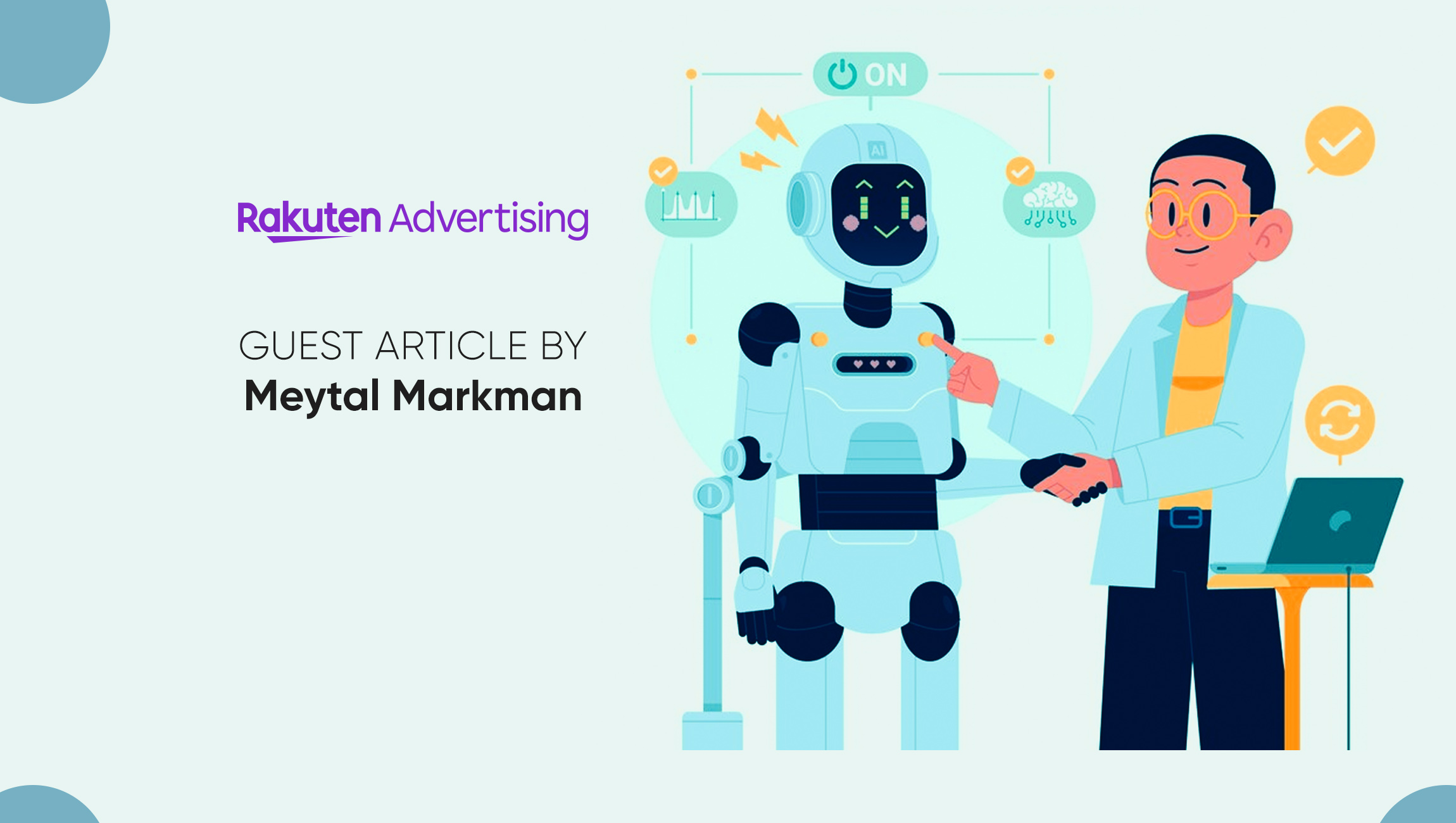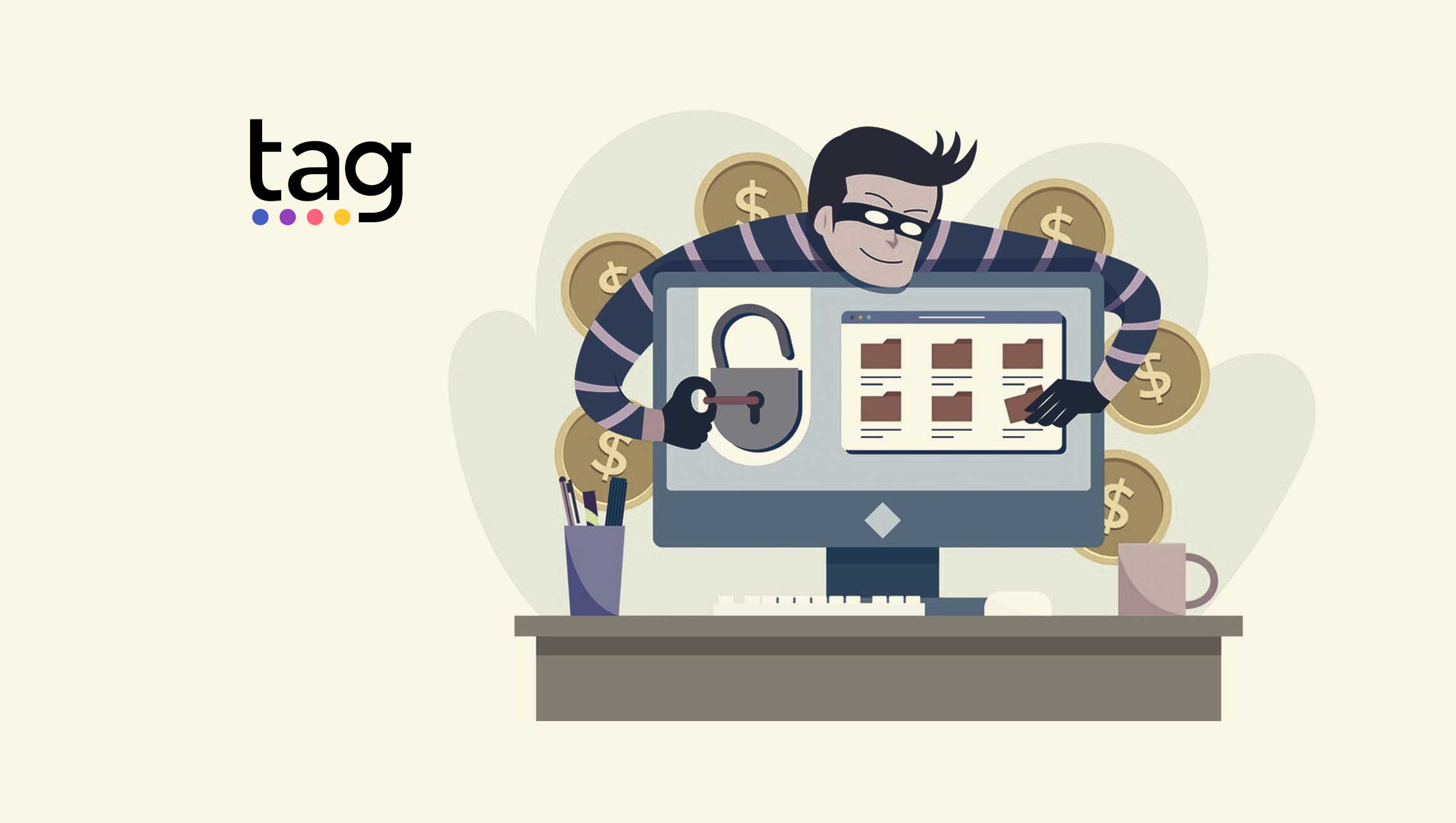In a world inundated with data, the key to unlocking meaningful insights lies in leveraging first-party data effectively. From understanding customer preferences to targeting campaigns with precision, first-party data holds the potential to revolutionise how businesses engage with their audiences.
In part two of this three-part series, I answer the five burning questions every APAC marketer has about unlocking the power of first-party data in a way that drives actionable insights and enhances their marketing strategies. From balancing personalisation and privacy to data gaps and more, no stone was left unturned. Let’s dive in.
Also read: Mastering First-Party Data Part 1: 5 Tactics that will take you from zero to hero
1. What can I learn about my customers from my first-party data?
With direct access to accurate data, you can gain a sharper understanding of customer preferences, needs and barriers to purchase. Let’s explore:
1. Drive insights:
People are constantly telling you about themselves. They’re buying your products. They’re signing up for loyalty programs. They’re setting up their preferences. They’re talking with or messaging customer service. They’re following you and talking about your products on social media. All of these interactions provide valuable clues about their intents and preferences and allows you to paint a richer picture of who they are, what they want and how to connect with them effectively.
2. Understand the journey:
Today’s customer journey is hardly straightforward. Your customers are interacting with your brand across a wide range of digital and physical channels. First-party data lets you take a more holistic approach to the journey by understanding where your communications matter most and when they’ll be most beneficial to your customers.
3. Identify high-value customers:
First-party data also helps you determine who your most valuable customers are and to use those insights to develop smart strategies to boost customer lifetime value.For instance, you can tailor incentives that encourage higher lifetime value and foster stronger relationships.
4. Discover untapped audiences:
The value of first-party data isn’t limited to retention. It’s one of your most powerful customer acquisition tools. For instance, by delving into insights about your customers, you may discover that you’re reaching new audiences and resonating with new customer groups. This understanding of a segment’s characteristics and behaviours can lead to identifying potential new opportunities.
2. How can first-party data help me target my campaigns more effectively?
With third-party cookies disappearing, first-party data takes on a more vital role in digital campaigns and marketing initiatives.
While at first glance cookie deprecation may seem like a loss, the dirty secret was that this kind of behavioural targeting wasn’t that accurate to begin with. Most third-party targeting is proxied – for example, this user visited a baby site and is therefore a woman aged 24 to 45. In reality, the person you’re told is a new mom is actually an uncle making a purchase for a new nephew who may never buy a baby item again.
1. Accurate information:
Collecting data directly from your customers ensures fundamental accuracy because it comes right from the source. There’s no need to collect it via intermediaries, where every handoff can create a loss of fidelity and precision. For this reason, targeting based on first-party data will outperform third-party segments.
2. Nuanced understanding of needs:
Targeting is most effective when you have a more comprehensive picture of the consumer. Here, first-party data wins hands down. You can harness everything you know about your audience segments to create a highly nuanced understanding of their needs. In fact, all downstream processes will benefit from the higher quality input that first-party data offers, leading to more effective decision-making and better overall business outcomes.
3. Beyond demographics:
All in all, first-party data lets you and your team take a more sophisticated approach to audience targeting. You no longer need to depend on demographics like age, gender or income. Instead, you can use insights and predictive models to paint a richer portrait of a person’s wants, needs and emotions and reach them as an actual human.
Marketing Technology News: MarTech Interview with Chris Koehler, CMO @ Twilio
3. What are data gaps and how do they affect my ability to market effectively with first-party data?
Data gaps are exactly what they sound like – gaps organisations have in their customer data. Think of gaps as discrepancies between the data you have and the data you need.
Just because you have information about a customer, it doesn’t mean you know much about that customer. Many brands have a transactional relationship with their customers, knowing what they’ve bought but not why they bought it. For example, a casual clothing retailer sells someone a hooded jacket, but might only be able to personalise an offer based on that purchase (e.g., you bought this jacket, so you might like this hat).
While first-party data can provide insight about what your customers have purchased, where they engage and more, complementing this information with additional data points – such as the types of vacations they like to take, the region they live in, how they spend their leisure time – will allow for a more nuanced offer.
There are a number of ways to fill these gaps and enrich your first-party data.
1. Zero-party data:
This is the information that consumers freely disclose about themselves. It’s sometimes called declared data. You can gather it by simply asking (offering some kind of incentive in return) or using tools like surveys and quizzes.
2. Second-party data:
This data is shared data that comes from a trusted partner or source. Think about how airlines, car-rental companies and hotel chains share what they know about their loyalty program members. Second-party data marketplaces, where brands or publishers make their data sets available in a privacy-compliant way, are also an option.
3. Third-party data:
Not to be confused with third-party cookies, this data is another source of existing data sets. It can enrich your view of the customer by layering on top of the first-party data foundation you already have, but it is not strong enough to use on its own.
4. How do I balance personalisation and privacy?
This is a huge conundrum for marketers. Customers want experiences that are relevant, but they are also increasingly protective of their personal information. This personal information is necessary to deliver that relevance.
But personalisation is possible in the age of consumer privacy because personalisation is about relevance and convenience, not personally identifiable information (PII). If you can anticipate the needs of your audience segments, you can create experiences that feel tailored to each consumer without deploying PII.
1. Easy-to-view customer consent:
Managing customer consent is complex business. Has this consumer consented to receive messages from your brand? A platform that surfaces consent across all channels will help you stay in compliance with the laws and the consumer’s personal preference.
2. Predictive analytics:
This allows marketers to proactively assess a user’s interests and deliver personalised experiences in real time. By using predictive attributes like lifetime value, churn likelihood or propensity to purchase, orchestration tools can use AI or machine learning algorithms to refine messaging to your customers across channels over time.
3. Recommended audience segments:
These are prescriptive, customised recommendations of segments to activate on and can provide access to deep insights, segment history and trends to power personalisation. These segments can be further refined with additional zero-, first-, second- and third-party data.
4. System for continued measurement:
Consumer behaviour is ever-changing, affected by seasonality, world events, life’s milestones, and a host of other factors – your personalisation initiative will need to reflect those sentiments.
5. What’s the best way for my organisation to start activating our first-party data?
Customer data platforms (CDPs) are a great way to activate your data and future-proof your marketing needs. By centralising your organisation’s first-party data, CDPs break down the silos that prevent marketers from understanding who your audiences are and what they expect from your brand.
1. Unification:
Of course, access to data is one thing, ensuring it’s unified is another. Your success will require a comprehensive approach to data unification, identity resolution and consistent unifiers, so you can obtain a comprehensive view of your customers. These are tasks that CDPs excel at.
2. Democratisation:
CDPs can also empower data democratisation through self-serve tools designed for marketers. Make sure the CDP you opt to implement offers workflows that are intuitive to users who aren’t data science experts. Your ability to make data-driven decisions today and into the future will depend on those workflows.
3. Privacy compliance:
Another table stakes issue is the ability to use PII to build rich customer profiles in a privacy-compliant manner. Ensure your CDP provides governance tools that can automatically redact PII data, restrict access to data to authorised users only, audit data usage and so on.
4. Integration:
Marketing success is all about measurement and iteration. For this reason, go with a CDP that seamlessly integrates with business intelligence tools, allowing you to pipe customer data into your preferred analytics platforms. Finally, keep in mind that CDPs are not all alike. Each has its particular strengths and gaps. Prepare a list of questions to ask potential vendors to ensure they cover the capabilities above and can support your specific business needs.
As we’ve seen, the value of first-party data extends far beyond traditional demographic targeting. By harnessing accurate information, understanding customer journeys and bridging data gaps, organisations can unlock a wealth of opportunities for personalised engagement and improved business outcomes.
With the right tools and strategies, such as CDPs, marketers can navigate the evolving landscape of data privacy and drive impactful campaigns that resonate with their audiences. Stay tuned for the third and final installment of this first-party data series, where we’ll delve into the dos and don’ts of first-party data.
To discover more insights on how to make your first-party data actually useful to you now, download our free white paper here.
About Amperity
Amperity delivers the data confidence brands need to unlock growth by truly knowing their customers. With Amperity, brands can build a first-party data foundation to fuel customer acquisition and retention, personalize experiences that build loyalty, and manage privacy compliance. Using patented AI and ML methods, Amperity stitches together all customer interactions to build a unified view that seamlessly connects to marketing and technology tools. More than 400 brands worldwide rely on Amperity to turn data into business value, including Alaska Airlines, DICK’S Sporting Goods, Endeavour Drinks, Planet Fitness, Seattle Sounders FC, Under Armour and Wyndham Hotels & Resorts. For more information, visit amperity.com or follow us on Linkedin, X, Facebook and Instagram.
Marketing Technology News: The Evolution of SEO: Embracing the M.E.E.E.A.T. Framework












